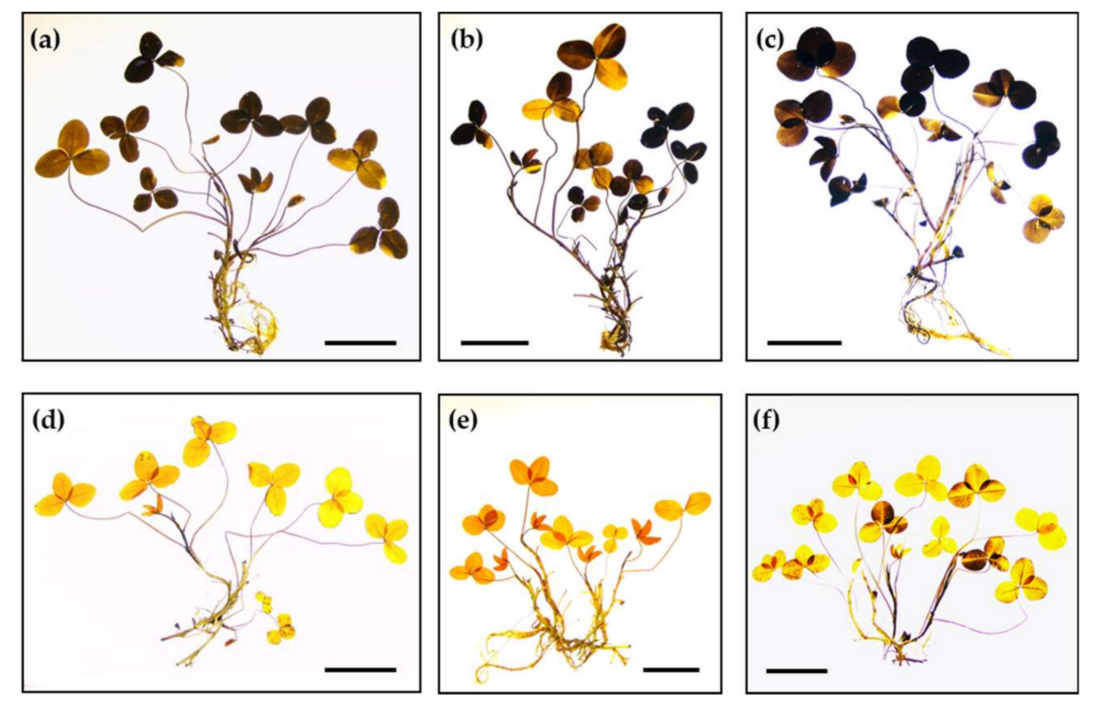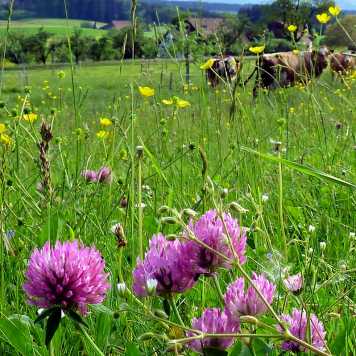The potential of white clover: New study from HERC project
The potential of white clover to serve as a competitive energy source for livestock illustrated by new study in Agronomy from the WFSC members groups of Prof. Bruno Studer and Prof. Sam Zeeman.

To meet production demands of a growing global population, ruminant livestock diets are increasingly being supplemented with high energy grains such as cereals and corn. The WFSC Research Programs project “Advanced breeding of high energy red clover for sustainable ruminant livestock production” (HERC) aims to make sustainable pastures and grasslands more economically feasible by breeding clover varieties with a higher energy content.
White clover (Trifolium repens L.) is one of the most important legumes on fodder pastures for livestock in temperature climates; however, little is known about the daily cyclic variations of carbohydrate content of the leaves, which are genetically encoded. The team of researchers from ETH Zurich, therefore, assessed the amount of glucose, fructose, sucrose, and starch in the leaves of 185 plants of a genetically diverse white clover population.
The results are published in Agronomy, with postdoctoral researcher Dr. Michael Ruckle as first author. The authors found that the leaf starch content at the end of the day showed up to a threefold difference between genotypes.
The authors comment, Our experiments illustrate both the physical potential of white clover to serve as a competitive energy source to meet the demand of modern ruminant livestock production and the genetic potential to improve this trait by breeding.
Read the full article “Genetic Diversity of Diurnal Carbohydrate Accumulation in White Clover (Trifolium repens L.)” in Agronomy external pageherecall_made

The paper is an output of the WFSC Research Program project “Advanced breeding of high energy red clover for sustainable ruminant livestock production” (HERC). For more information on the project, visit the project page.
